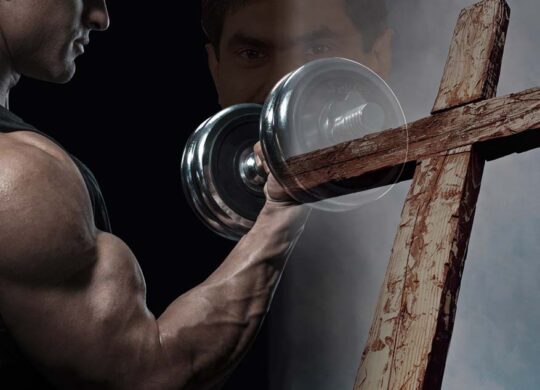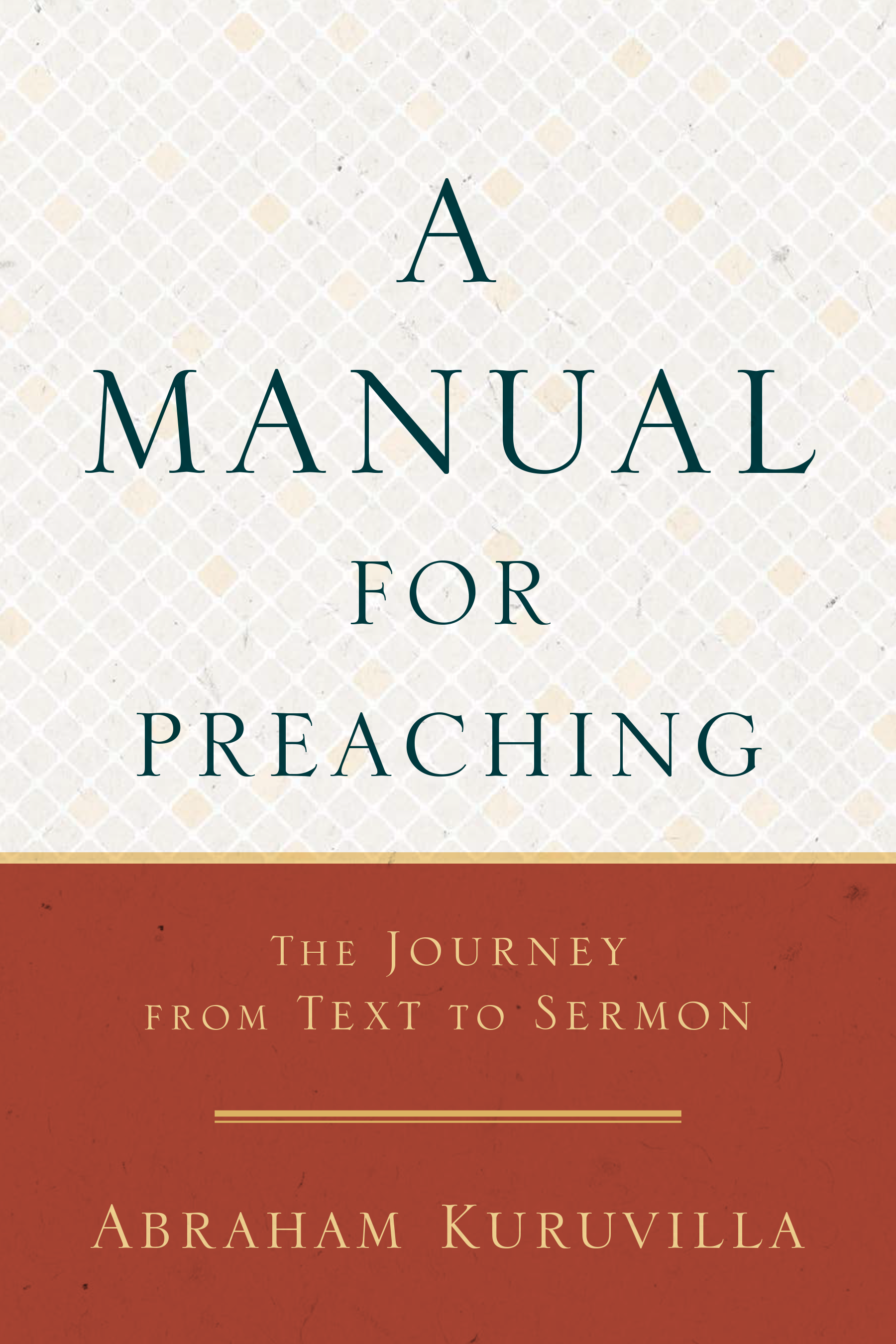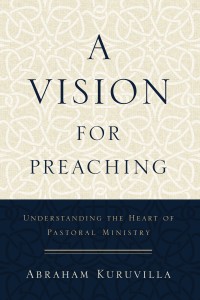Lower?

“Comparison Between Concentric‑Only, Eccentric‑Only, and Concentric–Eccentric Resistance Training of the Elbow Flexors for Their Effects “n Muscle Strength And Hypertrophy.” How about that? It’s a study published about six months ago in the European Journal of Applied Physiology by a group of researchers from Niigata and Fukushima, in Japan.
What’s with all that, you ask? Here’s the bottom line: You don’t have to lift weights to grow those muscles; you just need to lower weights!
A word of explanation: Our muscle fibers work two ways. When you lift a dumbbell from a straight arm up to your shoulder, your biceps muscle is using a “concentric” contraction. As you lower that dumbbell back down, the biceps muscle is working to put the brakes on the descent— that’s called an “eccentric” contraction.
In the Japanese study, the scientists divided people into three groups of 14 for a 5-week, twice-weekly comparison. One group performed dumbbell curls from full extension to about one-quarter of the way up, for 2 seconds up and 2 seconds down, in three sets of 10 reps. Another 14 people performed only the lift portion of the movement (a researcher helped them reset the weight after each rep). And another 14 did only the lowering part of the move (again, researchers did the heavy lifting).
And the results? The group that both lifted and lowered the weights increased the maximum force they could produce on a lift by 18% (i.e., they developed greater muscle strength/function), and increased the thickness of the biceps muscle by 11% (i.e., they grew muscle mass). The lifting-only group increased their max force by 11%, while muscle size increase was insignificant. But guess what? The people who only lowered the weights nearly matched the readouts of the lifting+lowering group, increasing their maximum force by 14% and muscle size by 10%. Golly!
That means, for example, that you could use two hands to lift a dumbbell, then one hand to slowly lower it, while sacrificing little in the way of results. Focusing on the lowering—or the “eccentric” contraction—can lead to a more efficient gym session, Japanese researchers say. The lifting-plus-lowering group saw the biggest gains because they were pretty much doing twice the number of reps. But the striking thing was that the lowering-only group made similar improvements in strength and muscle with only half the work.
That’s my kind of exercise. Half the work for full benefits! I just need to find someone to lift the weights for me.
Not sure of the explanation, but some role for the protein “titin” in muscle fibers is postulated. The authors thinks increase of this protein results in muscle hypertrophy.
In any case, you can bet on the fact that the gym in your neighborhood is soon bringing in equipment to raise those weights for you to work on lowering!
But, when all is said and done, the greatest support and strength of our lives is none other than God!
I love You, Yahweh, my strength.
Yahweh is my rock and my steadfastness and the One who saves me,
my God, my cliff, I take refuge in Him;
my shield and the horn of my deliverance, my haven.
The praiseworthy One, Yahweh, I called,
and from my enemies I was delivered. …
He rescued me from my strong enemy,
and from those who hated me, for they were too strong for me.
Psalm 18:1–3, 17
Yes, too strong for us, but Yahweh is our strength! Sufficient for all distresses and resistances!
SOURCE: Medscape; European Journal of Applied Physiology












 Abe Kuruvilla is the Carl E. Bates Professor of Christian Preaching at The Southern Baptist Theological Seminary (Louisville, KY), and a dermatologist in private practice. His passion is to explore, explain, and exemplify preaching.
Abe Kuruvilla is the Carl E. Bates Professor of Christian Preaching at The Southern Baptist Theological Seminary (Louisville, KY), and a dermatologist in private practice. His passion is to explore, explain, and exemplify preaching.